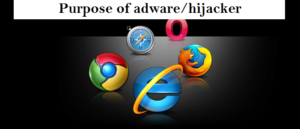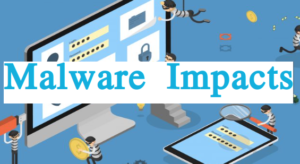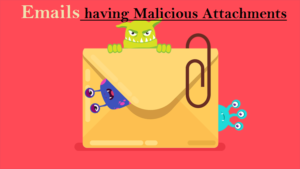Sevim Arsel Foundation Scam Email Exploits Names and Big Promises
The “Sevim Arsel Foundation Scam Email” Overview
Receiving an email that claims you’ve been chosen to receive a $2.5 million donation from the “Sevim Arsel Foundation” might sound exciting – but it’s far from genuine. This message is part of a widespread scam that mimics well-known tactics to deceive recipients into giving away personal information or paying fake fees.
A False Offer from a Fictional Grant Program
The email pretends to come from a foundation linked to Semahat Sevim Arsel, a real Turkish philanthropist. It claims that twenty individuals worldwide have been selected to receive a share of a $50 million fund. This manufactured generosity is meant to create urgency and excitement.
What makes it appear legitimate is its use of Semahat Sevim Arsel’s name and even links to her Wikipedia page. Despite her real-life status as a philanthropist and member of the Koç family, there is no such foundation handing out random multimillion-dollar grants. Scammers use her reputation and online presence to gain trust.
Repeating Patterns Across the Scam Network
Messages connected to this scam tend to follow similar formats. They usually include vague greetings like “Dear Beneficiary,” emphasize that recipients were chosen from large online databases, and refer to causes such as “women empowerment” or “community aid.” They often name supposed officials like “Dr. Mesut Akin” or “Dr. Mehmet Koc” who act as contacts to help process the donation.
The email subjects vary but stick to attention-grabbing lines like “Congratulations” or “GRANT AWARD Notification.” Email addresses are also suspicious – generic helpdesk-style domains or personal Gmail accounts like [email protected] or [email protected]. These messages have been spotted repeatedly since at least 2021 and occasionally feature euro currency instead of dollars.
Step-by-Step Breakdown of the Scam Technique
- Initial Contact via Email
The scam starts with an unsolicited message claiming you’re one of twenty people chosen to receive $2.5 million. It shares a heartwarming story of a widow donating her fortune, suggests cultural and social objectives, and provides a Wikipedia link to make everything seem believable.
- Encouraging a Reply
You’re then prompted to reach out to a coordinator – usually someone with an official-sounding title and a friendly tone. The message feels formal and structured, and at this stage, no financial demands are made.
- Collection of Personal Information
After you respond, the scammer asks for various personal details: name, address, occupation, banking information, ID proof, and sometimes tax-related documents. This is disguised as verification for the donation process.
- Request for Upfront Payment
Once the personal data is collected, the scam shifts gears. You’re asked to cover “processing costs” like legal fees, wire charges, or clearance taxes. These fees can range from hundreds to thousands of dollars. The payment is described as necessary and normal.
- Escalation of Demands
Paying one fee leads to requests for additional charges. Each new demand comes with fabricated reasoning – foreign exchange issues, emergency taxes, or unexpected legal conditions. The pressure to comply increases with each step.
- Silent Exit by Scammers
Eventually, communication stops. The email addresses become inactive, and any documents or checks sent turn out to be counterfeit. Some users report weeks of fake correspondence before scammers vanish completely.
- Lasting Impact Through Identity Theft
For some victims, the damage continues. The personal details they’ve shared may be used to open accounts, apply for credit, or access sensitive data. These effects can persist long after the email interaction ends.
Psychological Tactics That Make It Work
The scam succeeds by pulling emotional and psychological levers:
- Trusted Name Usage: Associating with Semahat Sevim Arsel provides instant credibility.
- Rare Opportunity Illusion: Only twenty recipients are chosen – creating urgency and exclusivity.
- Humanitarian Goals: Mentioning cultural programs or women’s rights appeals to altruism.
- Official Titles and Structure: Using names like “Dr.” or “Grant Coordinator” makes the message sound institutional.
- Large Sum Anchoring: Promising $2.5 million makes paying a few hundred dollars seem worth it.
Long-Running Scheme With Global Victims
Numerous people have fallen prey to this scam. Some report their experiences to platforms like ScamWatcher, while others raise alerts on forums. These reports frequently highlight the same message patterns, names, and tactics. Domain investigations show that these emails don’t originate from Turkey or any official organization – they’re often traced to unrelated locations like Columbus, USA.
The emails constantly adapt to avoid detection – changing names, domains, currencies, and phrasing while maintaining the same core formula. The scammers recycle their strategy under new covers, making it harder for filters and authorities to catch them before they hit new inboxes.
The Sevim Arsel Foundation scam email is a calculated effort to appear charitable while extracting data and money from unsuspecting users. It leverages familiarity, urgency, and emotional hooks to trap victims – all by exploiting the name of a respected individual for a scheme that has never existed.
In terms of email-based cyber threats, what are the different types of malicious emails?
Emails having Malicious Attachments
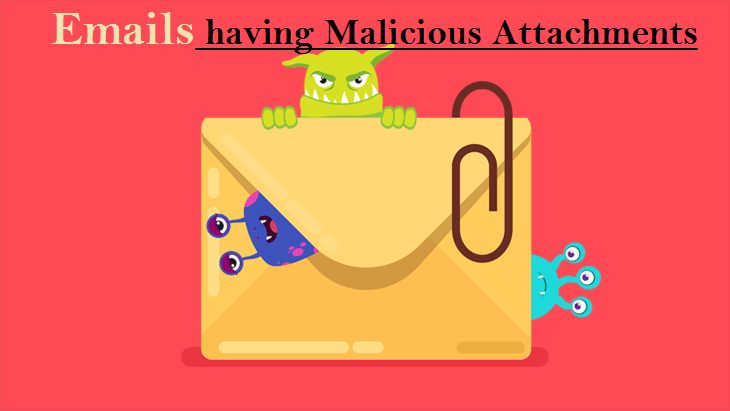
Email spam containing malicious attachments is a commonly employed method by cybercriminals to compromise users’ computers with malware. Malicious attachments often harbor trojans that possess the ability to pilfer sensitive data such as banking details, passwords, and other confidential information.
The primary objective of cybercriminals in these attacks is to deceive their potential victims into accessing a compromised email attachment. They commonly employ email messages that discuss recently obtained invoices, faxes, or voice messages to accomplish this aim.
If an unsuspecting individual succumbs to the trap and opens the attachment, their computer becomes infected, allowing cybercriminals to gather a substantial amount of confidential data.
Although it is a more intricate technique to pilfer personal data (as spam filters and antivirus programs typically identify such endeavors), if cybercriminals achieve success, they can access a broader spectrum of information and continue accumulating data over an extended duration.
Phishing Emails

Typically, cybercriminals employ deceitful emails to deceive individuals on the internet into divulging their confidential personal information, such as login credentials for diverse online platforms, email accounts, or online banking details.
These types of attacks are commonly known as phishing. In a phishing attack, cybercriminals typically send an email that mimics the branding of popular services like Microsoft, Amazon, DHL, or Netflix. They craft messages with a sense of urgency, such as incorrect shipping details or expired passwords, and include a hyperlink, hoping to entice unsuspecting recipients into clicking on it.
Upon clicking the provided link in these email messages, victims are redirected to a counterfeit website that closely resembles the legitimate one. In this deceptive environment, victims are prompted to enter their password, credit card information, or other sensitive data, which is subsequently harvested by cybercriminals for malicious purposes.
Spam Emails

Spam emails are unsolicited, bulk messages sent to a large number of recipients simultaneously. They often contain unwanted advertisements, scams, or fraudulent offers. The primary purpose of spam emails is to promote products, services, or websites, sometimes of dubious nature.
These emails can be sent by individuals or automated bots, and they often target a wide range of recipients without their consent. Spam emails can clog up inboxes, consume storage space, and pose risks such as phishing attempts or malware distribution.
Sextortion Emails
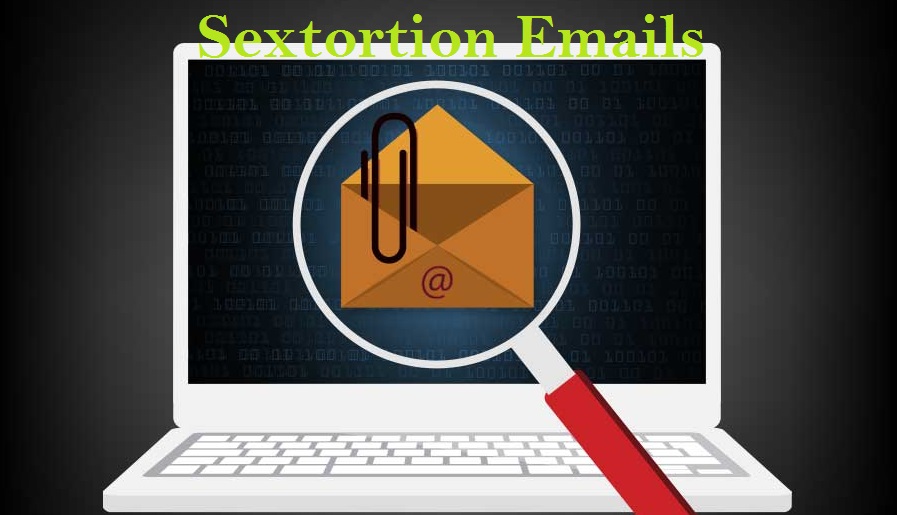
This type of email is a form of phishing known as a “sextortion scam.” It preys on individuals’ fears and attempts to blackmail them into paying a ransom. The scam email falsely claims that a cybercriminal has gained unauthorized access to the victim’s webcam and possesses a compromising video recording of them engaging in explicit activities.
The scammers leverage the potential embarrassment and shame associated with such content to coerce the victim into paying a ransom, often in the form of cryptocurrency, to prevent the release of the alleged video. However, it is crucial to understand that these claims are entirely false and fabricated.
What are some indicators or signs that can help identify a malicious email?
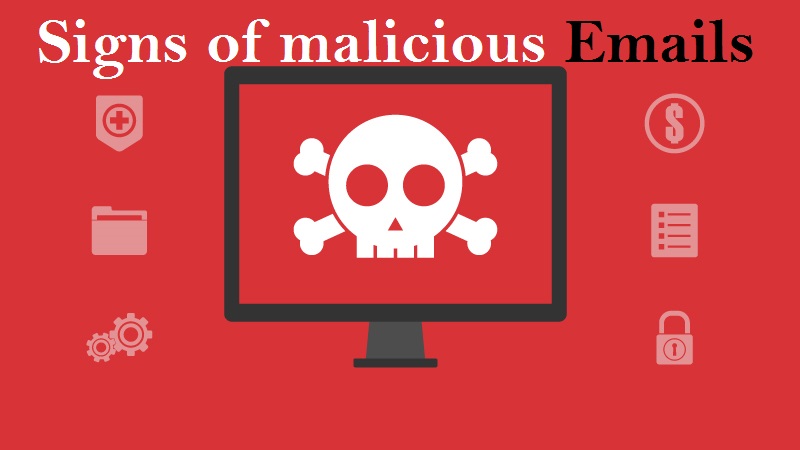
To spot a malicious email you can look for the following indicators:
Suspicious Sender: Check the sender’s email address and verify if it matches the official contact information of the organization or person they claim to represent. Be cautious of email addresses that contain misspellings, random numbers, or unfamiliar domain names.
- Poorly Written Content: Pay attention to grammar and spelling mistakes, unusual language, or poor formatting. Legitimate organizations usually maintain professional communication standards.
- Urgent or Threatening Language: Beware of emails that create a sense of urgency, pressure you to take immediate action, or threaten negative consequences if you don’t comply. Scammers often use fear or time-sensitive situations to manipulate victims.
- Suspicious Attachments or Links: Be careful of email attachments or links, especially from unknown or unexpected sources. Don’t open attachments or click on links unless you are confident about their legitimacy. Hover over links to see the actual URL before clicking.
- Requests for Personal Information: Legitimate organizations typically don’t request sensitive information, such as passwords, Social Security numbers, or credit card details, via email. Avoid providing personal data unless you are certain of the email’s authenticity.
- Unusual Requests or Offers: Be wary of emails offering unexpected rewards, prizes, or financial opportunities. If something seems too good to be true or doesn’t align with your normal interactions, it could be a sign of a scam.
- Suspicious Email Design: Poorly designed or visually inconsistent emails may indicate a scam. Watch for generic greetings, mismatched logos, or distorted images.
If you have doubts about an email’s legitimacy, it’s best to err on the side of caution. Avoid clicking on links or downloading attachments, and consider contacting the sender through a verified channel to verify the email’s authenticity.
What actions can be taken if you have fallen for an email scam?

Below are the steps you should take if you’ve fallen prey to the Sevim Arsel Foundation Scam Email.
- If you have mistakenly provided your credit card information after clicking on a link in a phishing email, it is crucial to immediately contact your bank and inform them about the situation. It is highly likely that you will need to take steps to cancel the compromised credit card and request a replacement for enhanced security.
- If you have inadvertently provided your password after falling for an email scam, it is essential to promptly change your password. Typically, cybercriminals gather stolen login details and sell them to other malicious groups for potential exploitation. By changing your password immediately, you reduce the likelihood of criminals having sufficient time to cause harm or unauthorized access to your accounts and information.
- If you notice any indications of identity theft, it is important to promptly reach out to the Federal Trade Commission (FTC). The FTC will gather information about your situation and develop a personalized recovery strategy.
- Assist in safeguarding fellow internet users by reporting phishing emails to organizations such as the National Fraud Information Center, Anti-Phishing Working Group, FBI’s Internet Crime Complaint Center, and the U.S. Department of Justice.
- If you have inadvertently opened a malicious attachment, it is likely that your computer has been compromised. To address this, it is advised to conduct a thorough scan of your system using a reliable antivirus software. We suggest utilizing SpyHunter for Windows to help mitigate any potential threats.
Frequently Asked Questions
Why was I included in the distribution of this email?
Phishing emails are often disseminated by threat actors through extensive campaigns, leading to thousands of recipients receiving comparable messages.
If I have viewed a spam email but refrained from opening the attachment, is there a possibility that my computer has been infected with malware?
Simply opening or reading an email does not pose a direct risk of malware infection. The actual threat arises when you interact with malicious attachments or links contained within the email, triggering potential malware download or installation processes.
If I downloaded and opened a file from a spam email, does that mean my computer is infected?
If the file you opened from a spam email was an executable file (.exe, .run, etc.), there is a high chance that your computer may be infected. However, if the file was a document format (.doc, .xls, .one, .pdf, etc.), the risk of infection may be lower as these formats usually require additional actions to initiate the download or installation of malware, such as enabling macros or clicking on embedded content.
If I have unknowingly shared my personal information in response to a deceptive spam email, what steps should I take to mitigate the potential risks?
If you have mistakenly shared your login credentials, it is crucial to change the passwords for all affected accounts promptly. Additionally, if sensitive personal information like identification documents or credit card details were disclosed, it is important to promptly notify the relevant authorities or organizations responsible for handling such incidents.
Is SpyHunter capable of detecting and eliminating malware infections that may be present in email attachments?
SpyHunter is powerful security software that is specifically designed to scan devices and effectively remove various types of malware infections. With its comprehensive scanning capabilities, it can detect and eliminate most known malware threats, including those that may be present in email attachments and pop-up notifications. Running a thorough system scan is crucial to ensure that all potential threats are identified and removed from your device.

